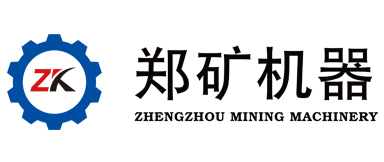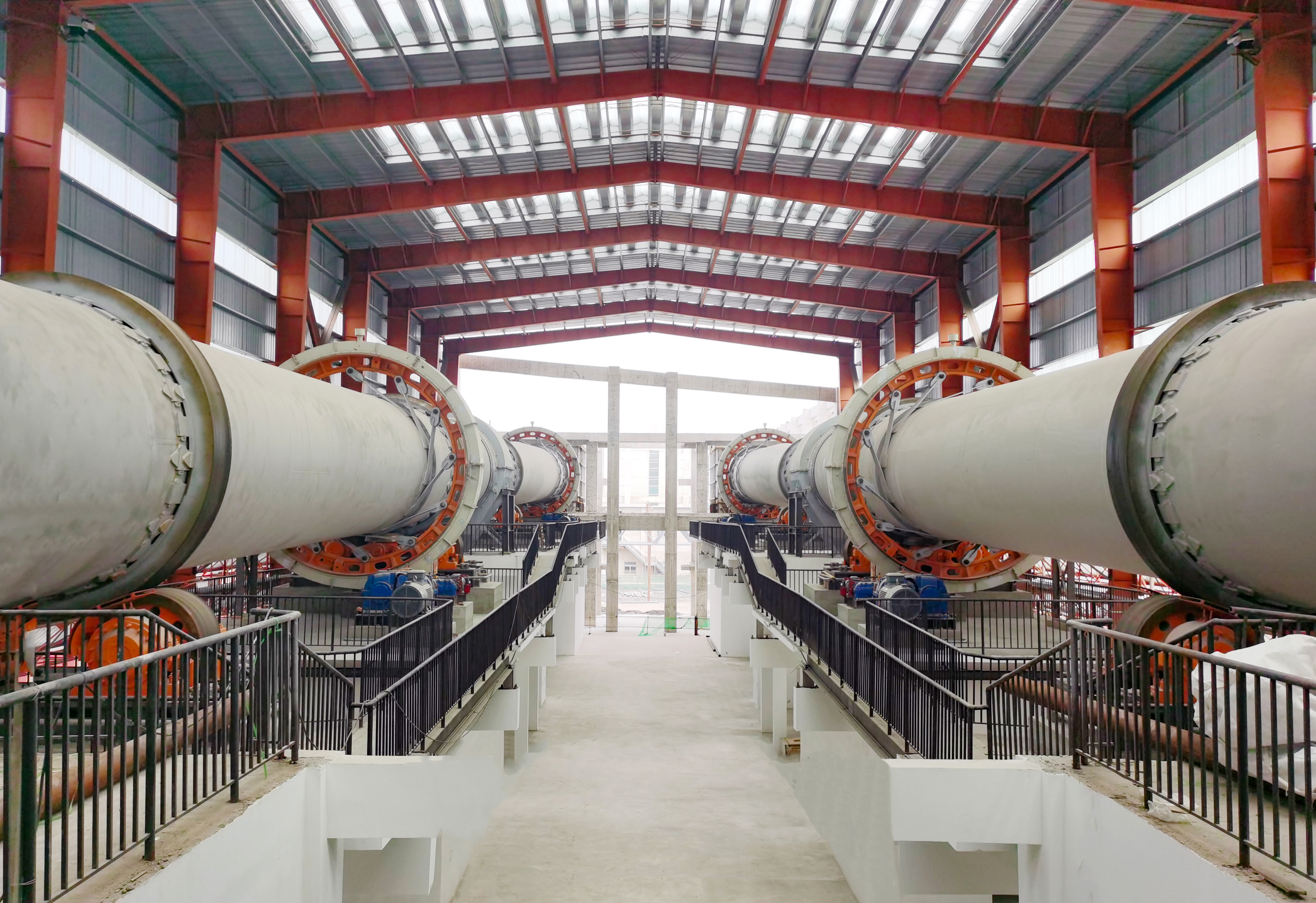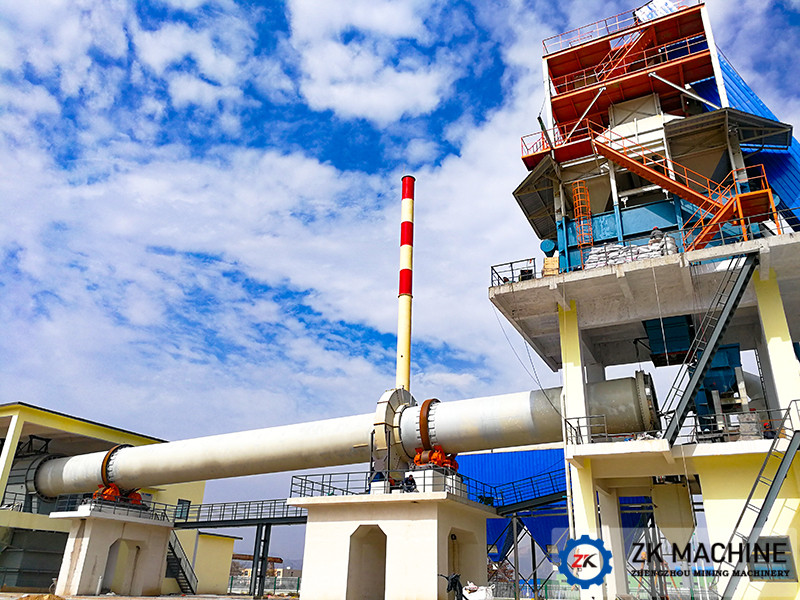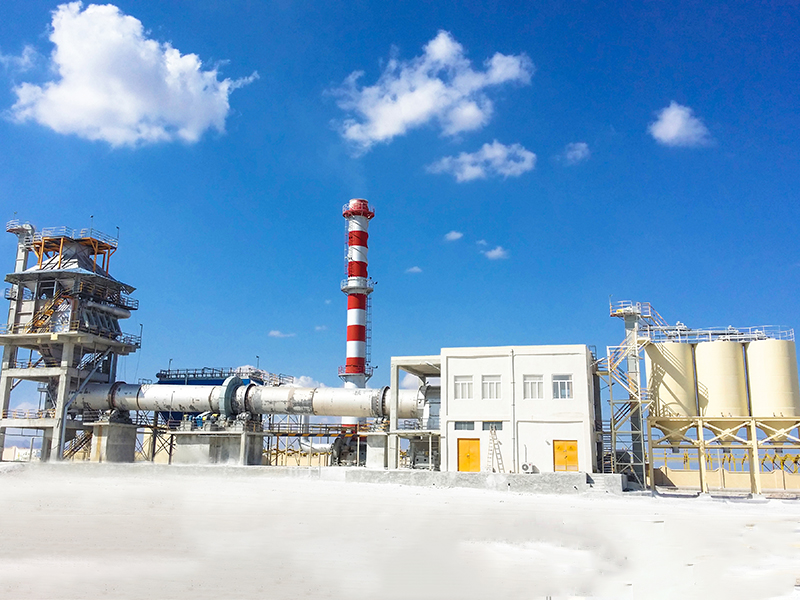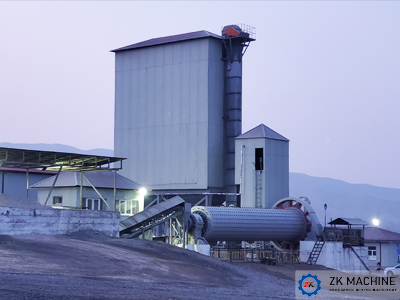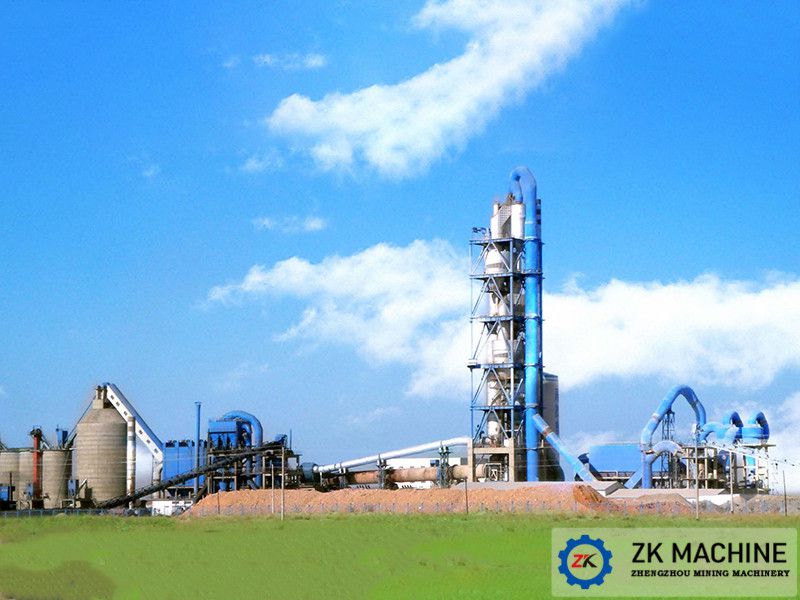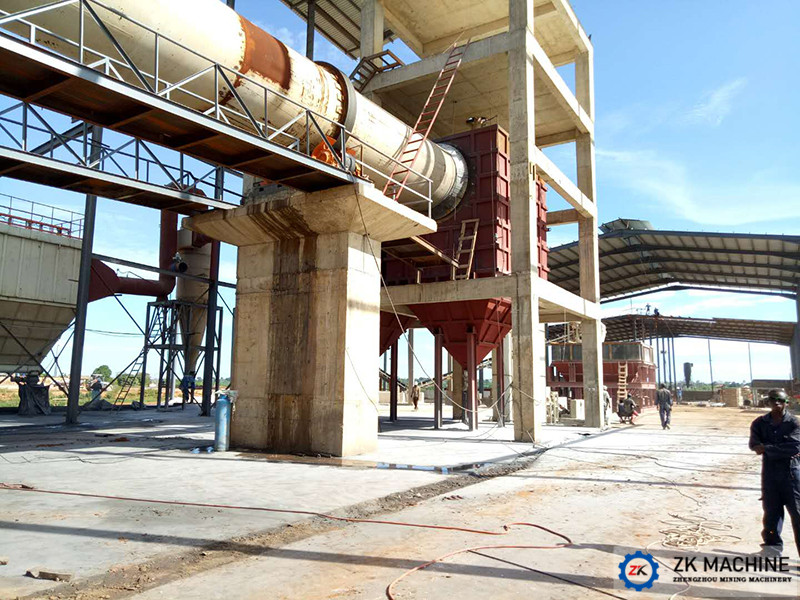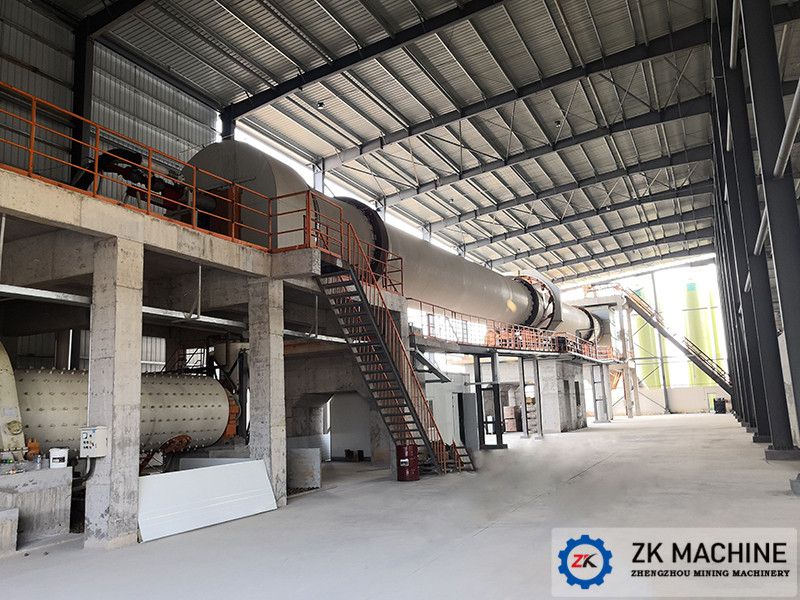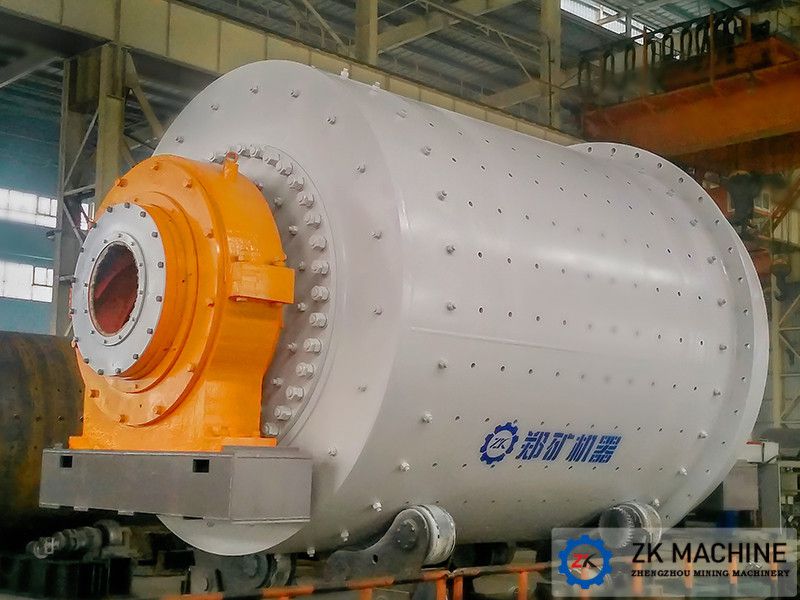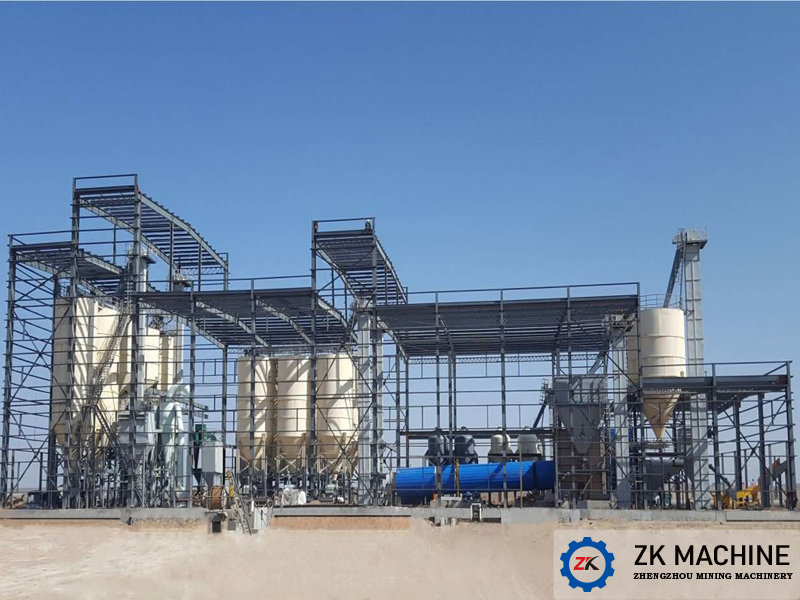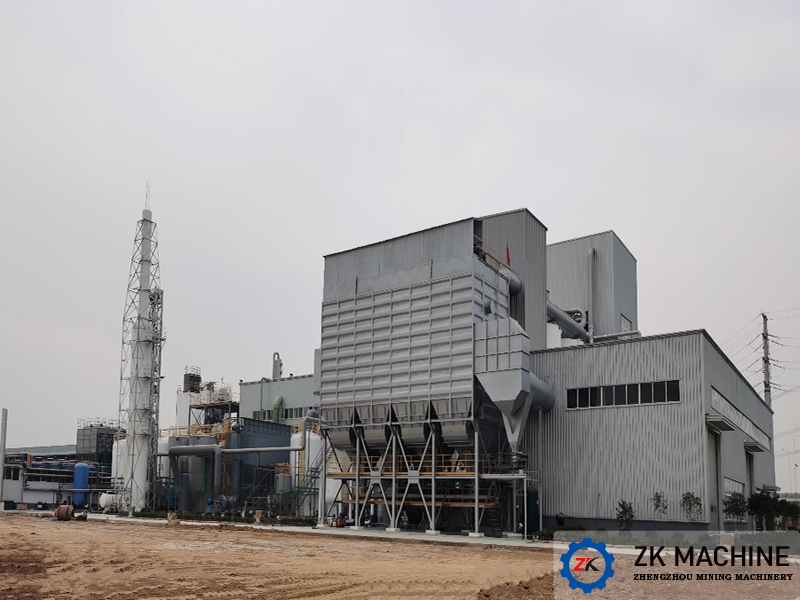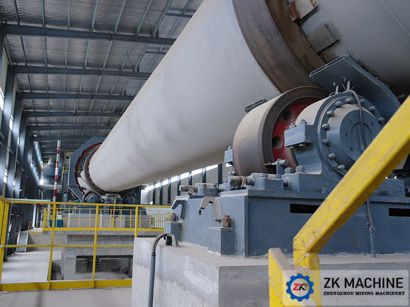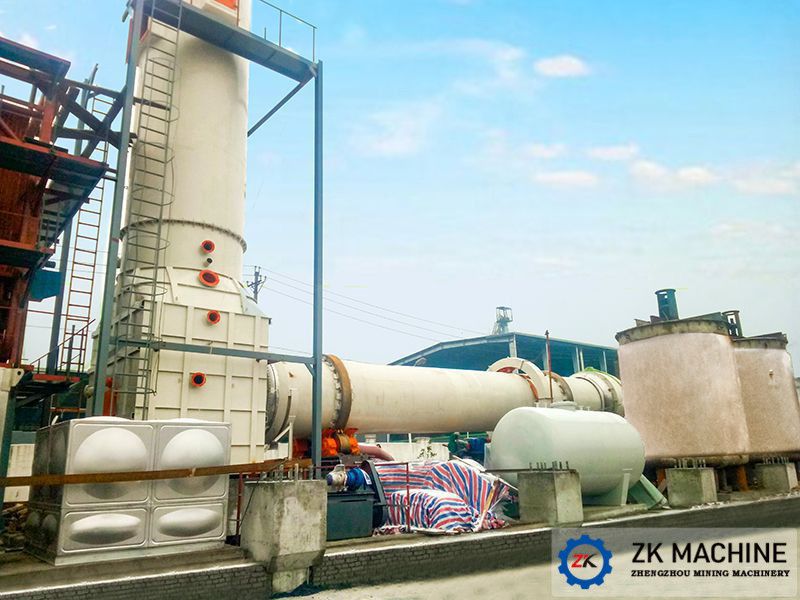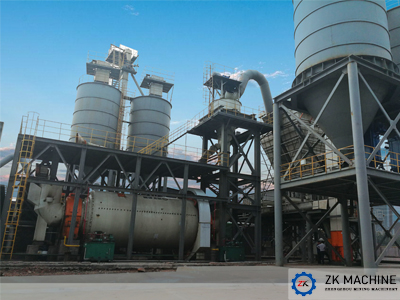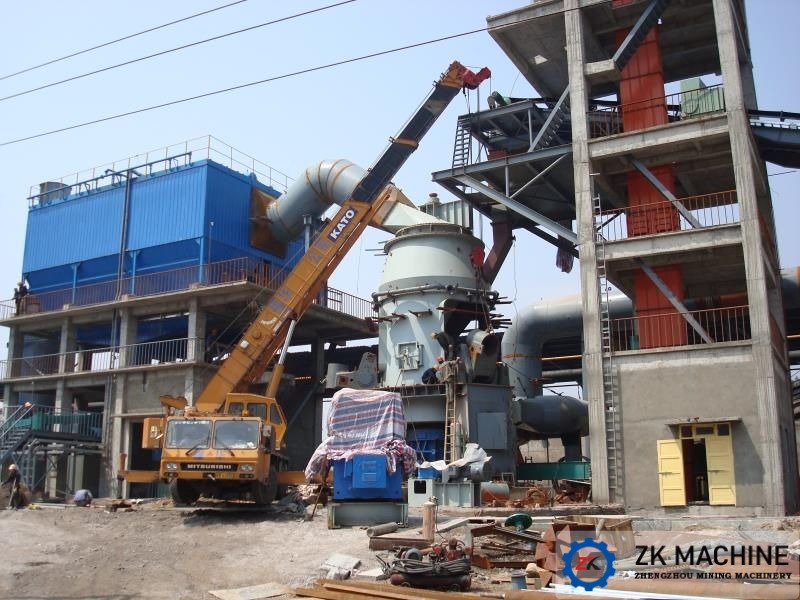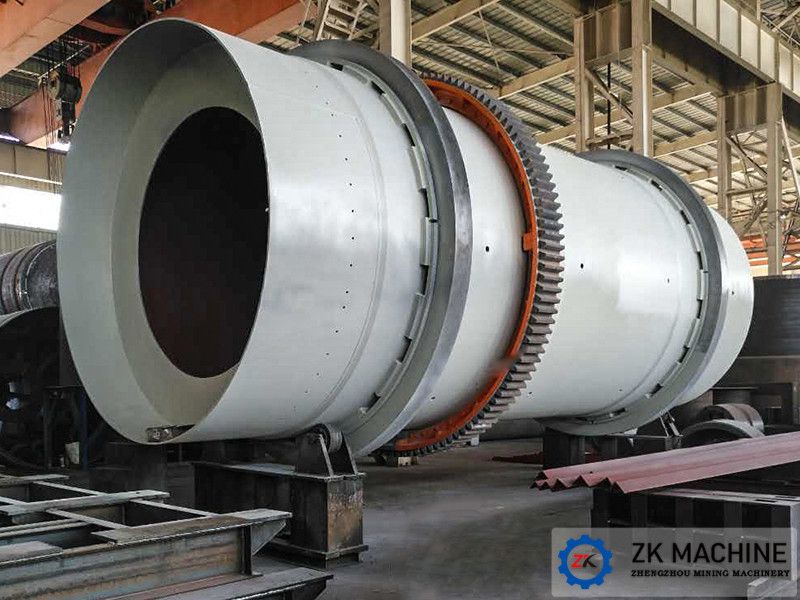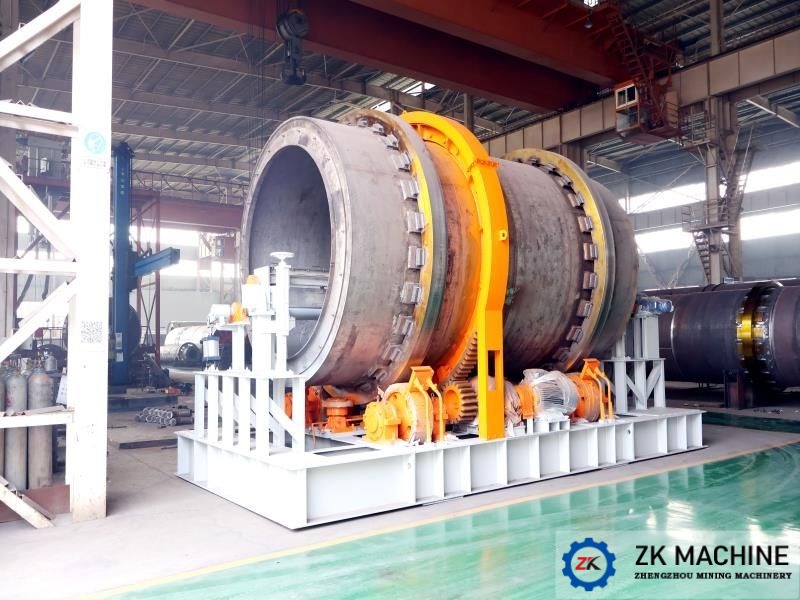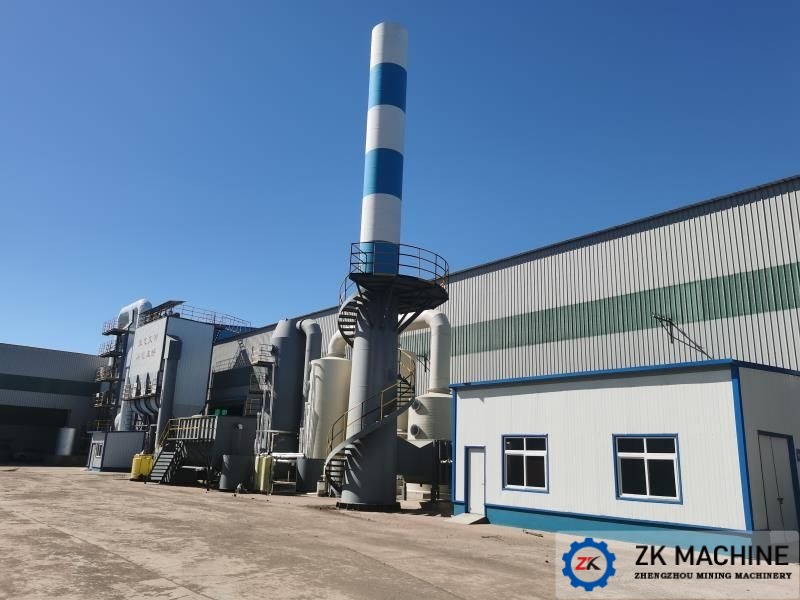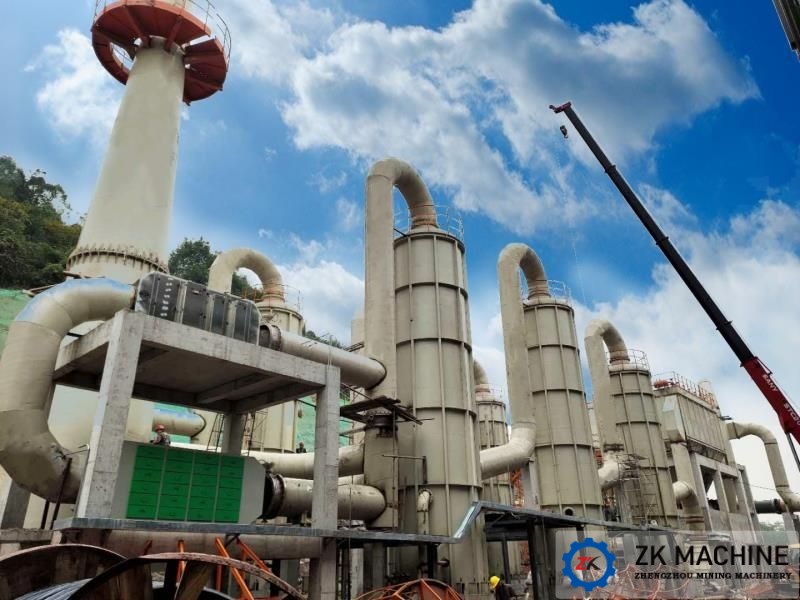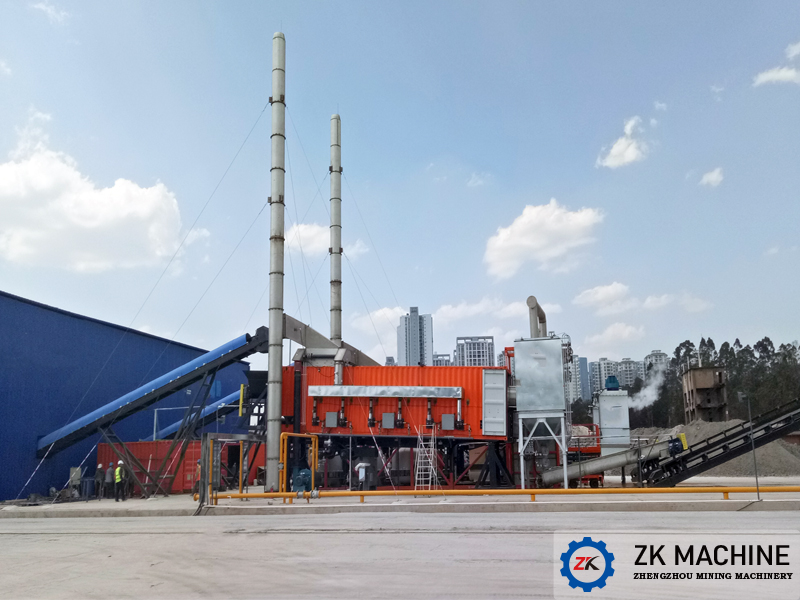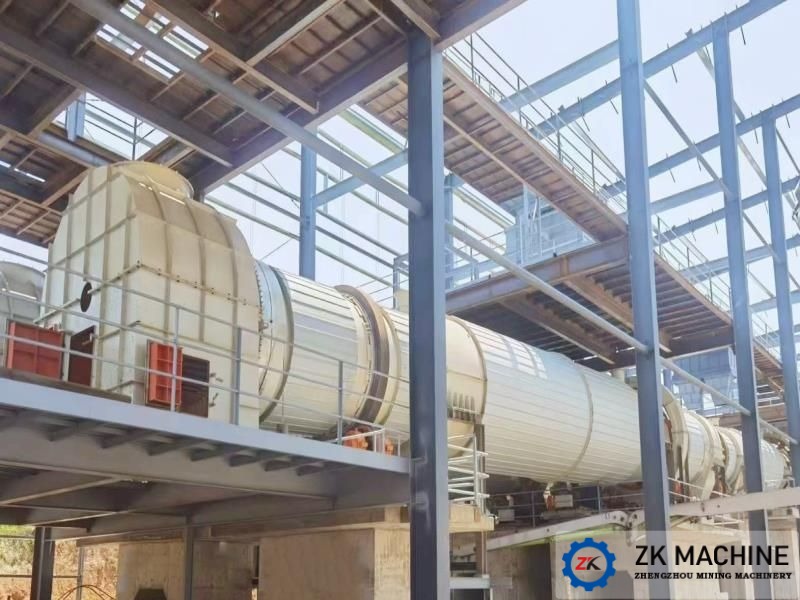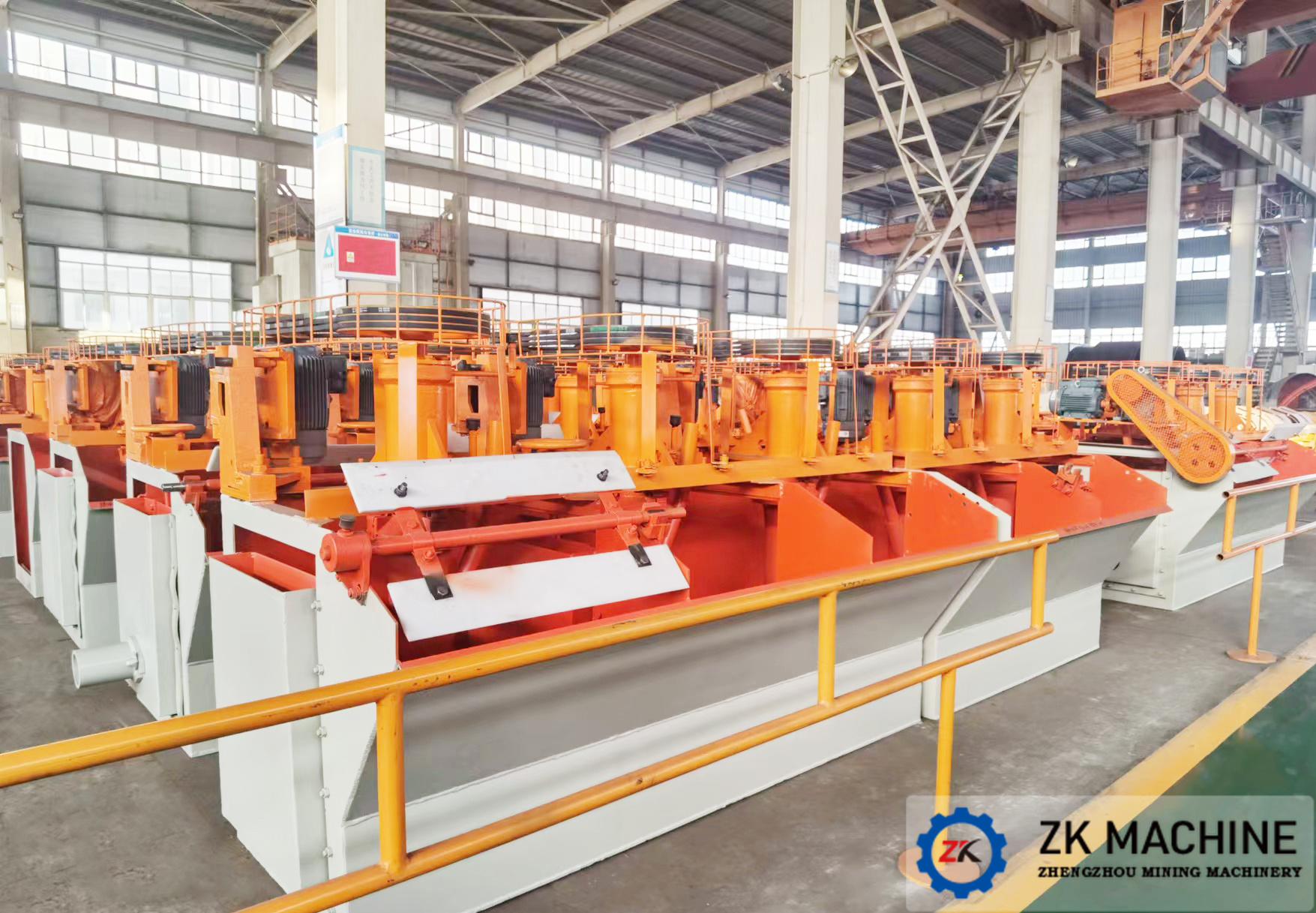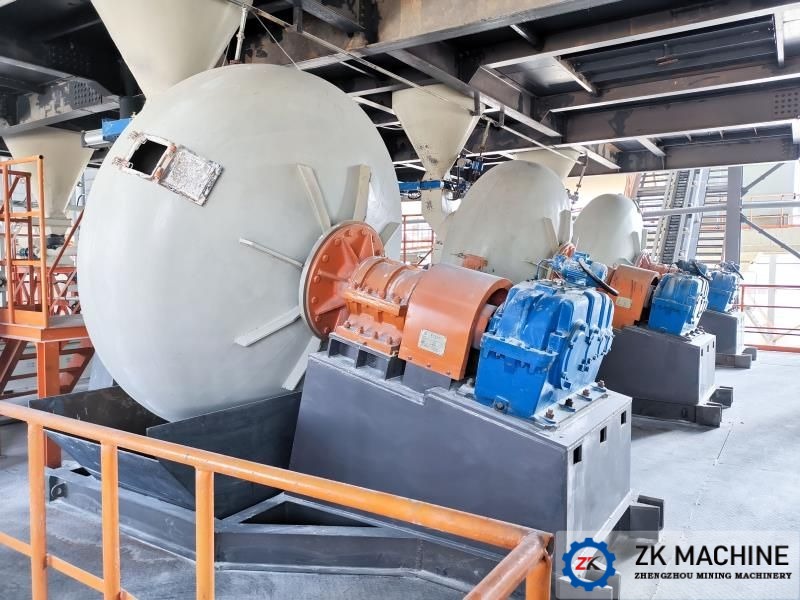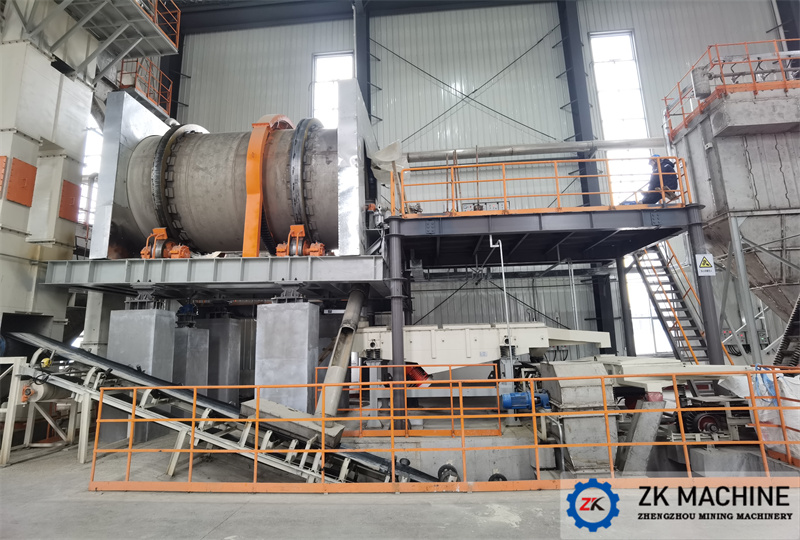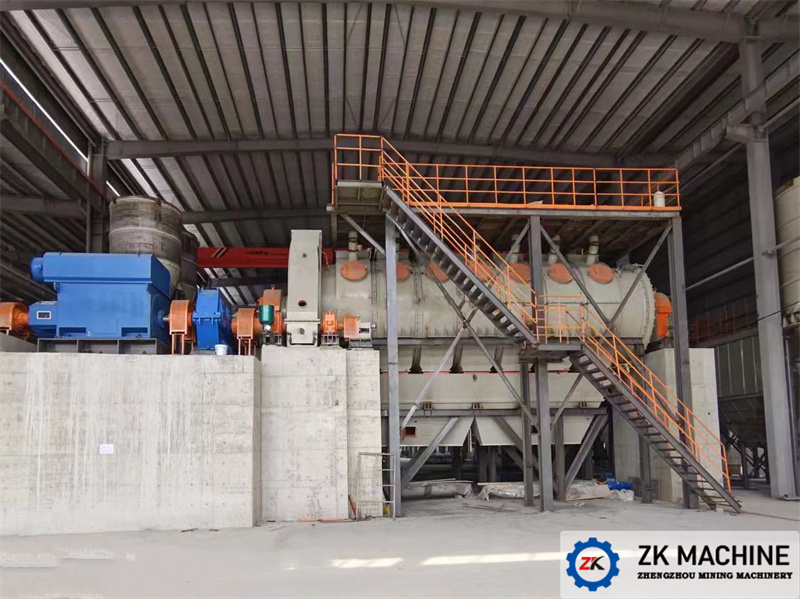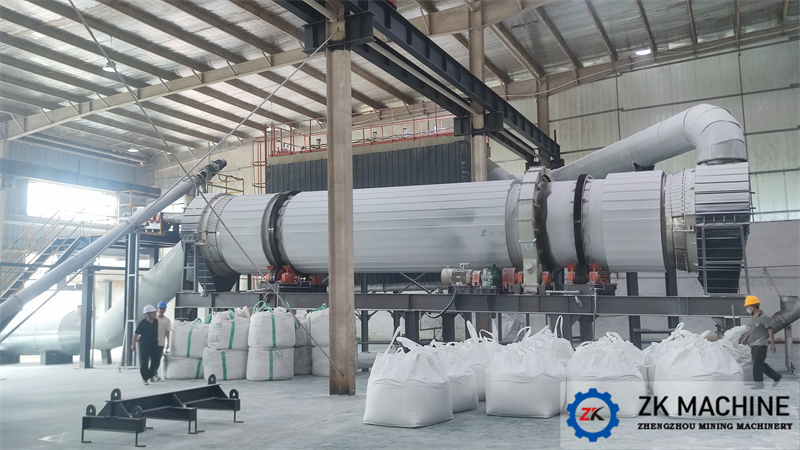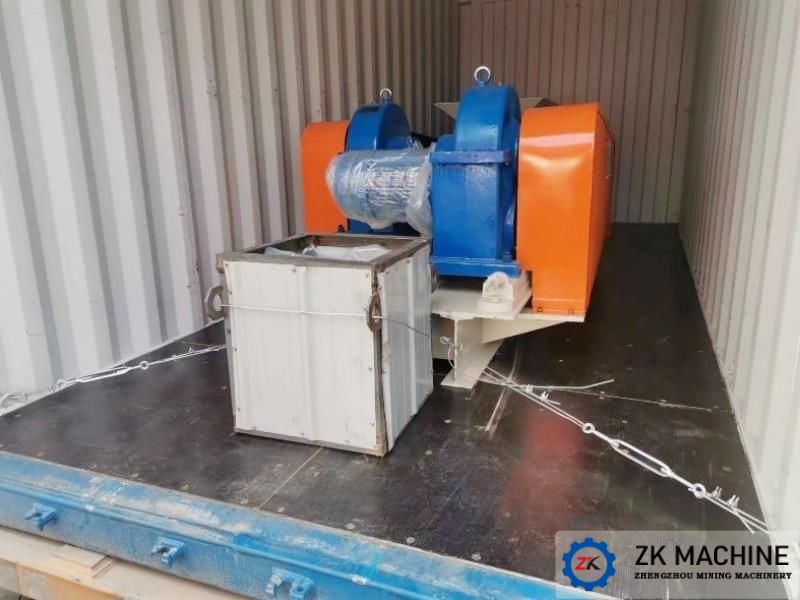Three Common Problems & Solutions in the Operation of Ball Mills
The stable operation of the equipment is an important way to ensure the economic benefits of the factory. After long-term operation, most of the factories will more or less encounter various ball mill problems, which not only affect the normal operation of the entire factory, but also damage the economic benefits of the factory. So, what are the common problems in the daily operation of ball mills? When encountering these problems, how should we solve them? This article analyzes the causes of three common ball mill problems and solutions.
Common problem 1: The ball mill has insufficient processing capacity and easy to throw stones
For some ball mills, the feed rate of the mill is far from reaching the design capacity during actual operation, and when the feed rate exceeds a certain limit, the ball mill will throw out unground gravel from the outlet. The amount of stones thrown out is still relatively large, which not only increases the power consumption of the ball mill, but also increases the labor intensity of the personnel.
Causes & Solutions:
* The feeding material is too large (exceeding the original design value 20mm)
Excessively large material particles will bring additional burdens to the ball mill, and individual oversized material particles are not easily crushed by the steel balls, which will cause the ball mill's processing capacity to decrease and increase power consumption. Therefore, during operation, the operator of the ball mill should closely monitor the particle size of the material on the feeder. If the particle size exceeds the designed maximum particle size, the feed should be reduced or stopped immediately, and corresponding measures should be taken to ensure that feeding particle size is qualified.
* Insufficient steel ball replenishment
As the mill runs for a long time, the steel ball wears violently, the diameter is reduced, and the impact force is correspondingly weakened. When the steel balls in the ball mill are not replenished in time, the processing capacity of the ball mill will be insufficient. Therefore, in order to maintain a certain ball-filling coefficient and steel ball diameter, qualified steel balls should be added to the ball mill regularly according to the current of the ball mill and the accumulated amount of grinding materials.
* Liner damage in the mill cylinder
The perfect cylinder liner of the ball mill can increase the friction coefficient between the steel ball and the liner, which is beneficial to improve the steel ball and materials, and the processing capacity of the ball mill can be improved. For the liner with serious wear, the ball mill steel ball and the liner have relatively large sliding, so more energy will be consumed on the friction between the steel ball and the liner, and it cannot be used to lift the steel ball. , The processing capacity of the ball mill will be significantly reduced. When the inner liner of the ball mill is damaged or falls off, an obvious impact sound can be heard on the spot. If such a situation occurs, the ball mill should be stopped as soon as possible, and the damaged liner should be dealt with immediately to avoid large-scale damage to the ball mill liner.
Common problem 2: The outlet of the ball mill is easy to throw out the slurry
Causes & Solutions:
* Imbalance of water to material ratio in ball mill
The amount of water flowing through the cylinder of the ball mill is an important parameter in operation, and its flowing reflects the carrying capacity of the solid particles in the ball mill. Therefore, the amount of water flowing through the cylinderl of the ball mill should correspond to the throughput of the ball mill and be controlled within an appropriate range.
The water flowing through the cylinder of the ball mill is mainly composed of the carrying water and the underflow of the cyclone. The underflow water volume of the cyclone generally remains unchanged under normal conditions, but the premise is that the underflow grit nozzle of the cyclone must be guaranteed to be free from wear. When the bottom flow grit nozzle of the cyclone is worn out, the working conditions of the cyclone itself will change, which will cause the bottom flow of the cyclone to increase, and the top flow overflow water to decrease, which leads to an increase in the amount of water entering the ball mill.
Therefore, during normal operation, attention should be paid to check the wear of the grit nozzle of the cyclone to ensure that the water-to-material ratio at the inlet of the ball mill is within the normal range. This will not only ensure the normal output of the ball mill, but also reduce the slurry rejection at the outlet, thereby reducing the labor intensity of the personnel.
* Mesh size selection of the cylindrical sieve at the ball mill outlet and the cleanliness of the outlet filter
If the mesh size of the ball mill outlet is too large, the coarser materials will not only aggravate the wearing degree of the pump and cyclone, but also cause the pump to jam; if the mesh size of the ball mill outlet is too small, the filter screen will be easy to block and cause the ball mill pulp at the exit. In addition, during normal operation, if the slurry concentration is high and the material contains certain impurities (such as sawdust, etc.), the filter screen of the cylinder screen at the outlet of the ball mill will be blocked, which will cause the slurry to shake at the outlet of the ball mill. Therefore, we should choose a reasonable filter mesh and keep the outlet filter clean.
Common problem 3: ball mill outlet is easy to throw steel balls
When the ball mill is in normal operation, there will be steel balls and small stones thrown out at the outlet
Causes & Solutions:
* The reason why steel balls are easy to throw away at the outlet of the ball mill is mostly because the material level in the ball mill is too high. The reason for the excessively high material level in the ball mill is that the water-to-material ratio decreases, which reduces the water carrying capacity, which leads to the increase of the material level in the mill; the other is that the feeding material diameter is too large, which makes the material in the ball mill keeping too long, then causes the material level in the ball mill to be too high. Third, the amount of steel balls in the ball mill is too much. Therefore, these parameters should be strictly controlled during operation.
The above are the three common problems of ball mills, their causes and solutions. For equipment to operate stably and efficiently, in addition to selecting equipment types that meet the beneficiation process, daily maintenance and repairing are more important. Therefore, it is recommended that all mine owners consult with equipment manufacturers with overall supplier qualifications when choosing a ball mill, and choose equipment suitable for their own process flow, which fundamentally guarantees the production efficiency and economic benefits of the entire factory.
